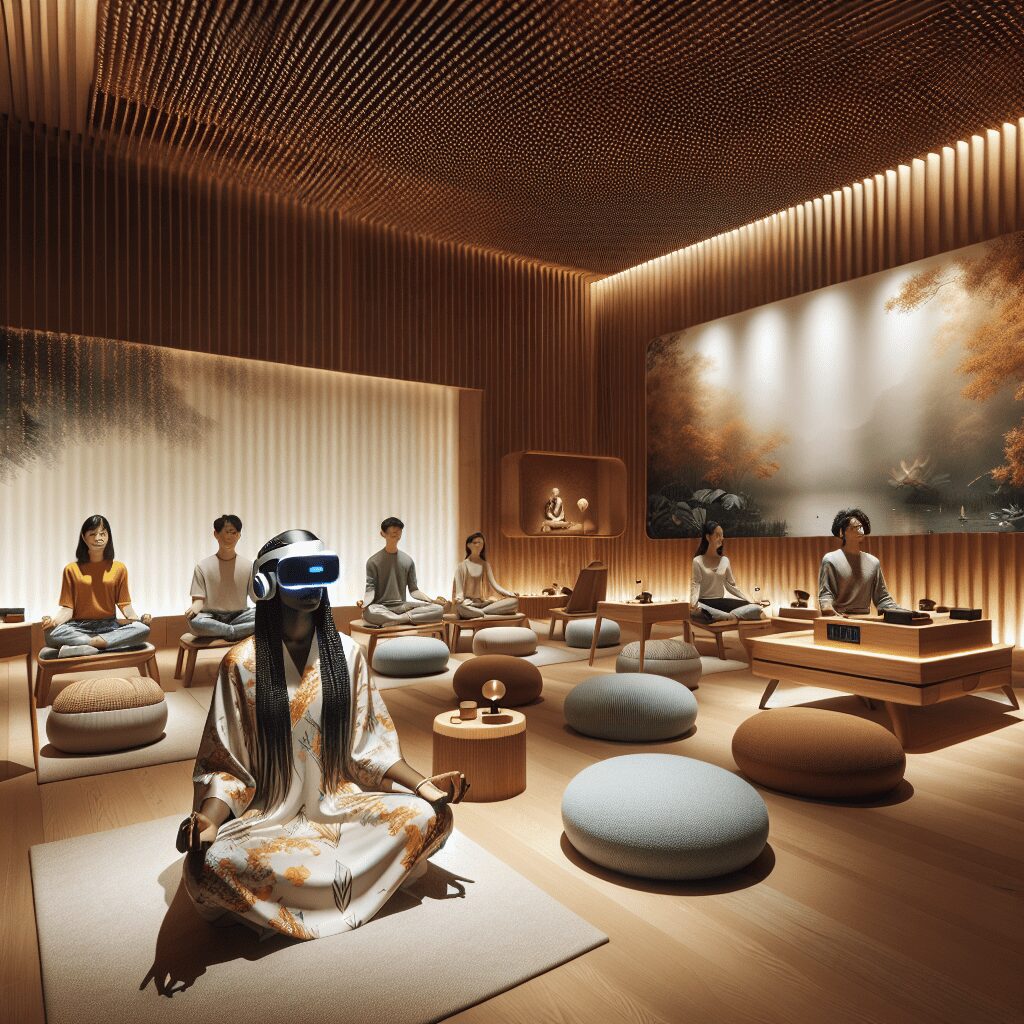
Prioritize your mental well-being daily. Enhance your life by nurturing your mental health with the Smart Meditation app. Break free from stress, alleviate anxiety, and enhance your sleep quality starting today.
How To Measure Anxiety Levels In Research?
Unraveling the Tapestry of Anxiety Measurement
Diving into the abyss of understanding anxiety isn’t just about acknowledging its presence; it’s about meticulously measuring its depth, intensity, and impact. Researchers and clinicians are akin to cartographers, mapping the intricate landscapes of human emotions, with anxiety being one of the most complex territories to navigate. But fear not! The tools of the trade are sophisticated, varied, and refined, ensuring that the measurement of anxiety is both an art and a science.
The Tools of the Trade: Measuring Anxiety with Precision
1. Questionnaires and Self-Report Instruments
Ah, the trusty questionnaire – the bread and butter of psychological research. When it comes to gauging anxiety levels, self-report instruments are worth their weight in gold. Here’s a quick rundown of the MVPs (Most Valuable Psychometrics):
- The State-Trait Anxiety Inventory (STAI): A classic that’s been around the block, the STAI distinguishes between state anxiety (how you’re feeling right now) and trait anxiety (your general tendency to feel anxious). It’s comprehensive, reliable, and as solid as a rock.
- The Beck Anxiety Inventory (BAI): Developed by the iconic Aaron T. Beck, this questionnaire cuts to the chase, focusing on the physical symptoms of anxiety (think palpitations and dizziness). It’s short, sweet, and to the point.
- The Generalized Anxiety Disorder 7 (GAD-7): Seven questions that pack a punch. This screening tool is all about efficiency, pinpointing symptoms of generalized anxiety disorder with surgical precision.
2. Physiological Measures: Listening to the Body’s Whispers (and Shouts)
Sometimes, the body says what words cannot. When anxiety levels rise, the physiological signals are there, loud and clear, if you know how to listen:
- Heart Rate Variability (HRV): An exciting game of ‘capture the heartbeat,’ HRV looks at the time gap between each beat. More variability? You’re likely chillin’. Less variability? Anxiety might be knocking at your door.
- Galvanic Skin Response (GSR): Ever get sweaty palms when nervous? That’s your galvanic skin response talking. Measuring GSR gives researchers insight into the body’s stress response, no words needed.
3. Behavioral Observations: The Silent Tales of Anxiety
Watching from a distance, researchers can sometimes catch glimpses of anxiety in action, without a single questionnaire filled or heart rate taken:
- Avoidance Behaviors: A classic tell. If someone’s consistently dodging situations that make them anxious, it’s a big, flashing neon sign reading, “Anxiety Here.”
- Facial Expressions and Body Language: Fidgeting, avoiding eye contact, or a tense posture can speak volumes about someone’s internal state of turmoil.
Wrapping It Up: The Multi-Faceted Approach to Measuring Anxiety
Here’s the kicker: no single method can capture the universe of someone’s anxiety. It’s like trying to understand the story of a book by reading only one page. Therefore, a multi-faceted approach—combining questionnaires, physiological measures, and behavioral observations—is not just useful; it’s essential.
In the cosmic dance of anxiety research, precision, depth, and empathy are your best partners. By employing a variety of tools and techniques, researchers can paint a more holistic picture of anxiety, leading to better understanding, treatment, and ultimately, a brighter horizon for those affected. So, let’s keep measuring, exploring, and uncovering the many faces of anxiety. After all, knowledge is power, and in this case, it’s the power to heal.





